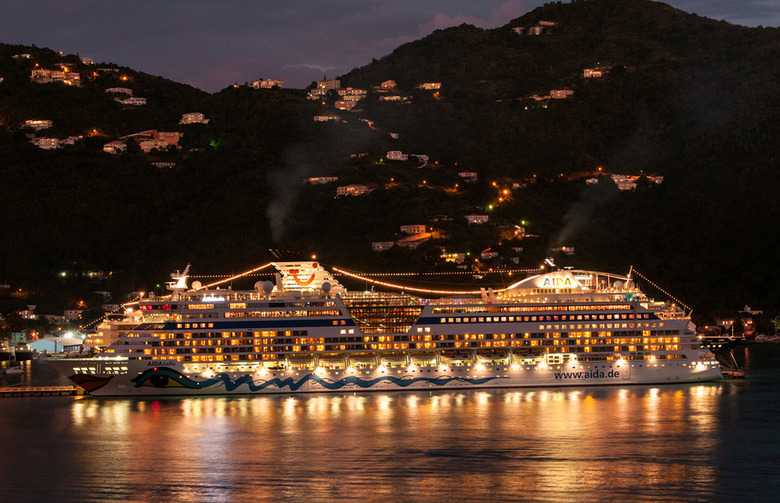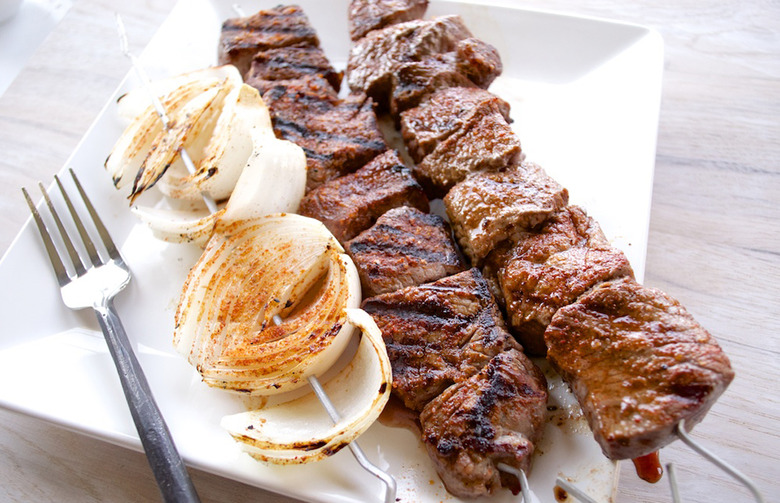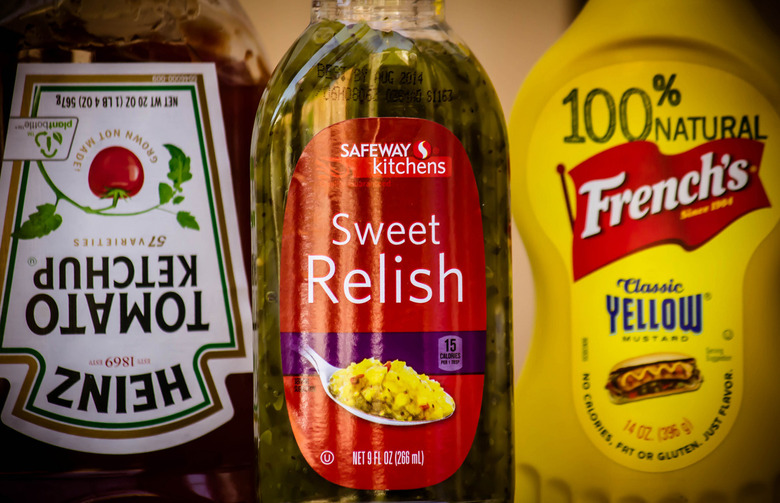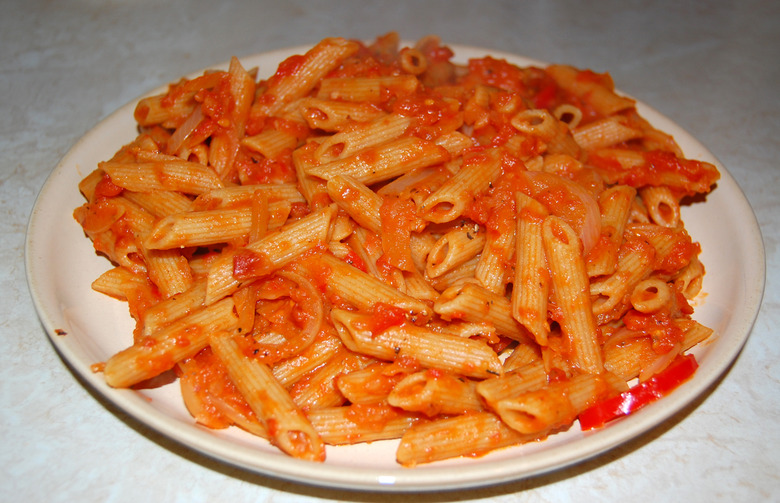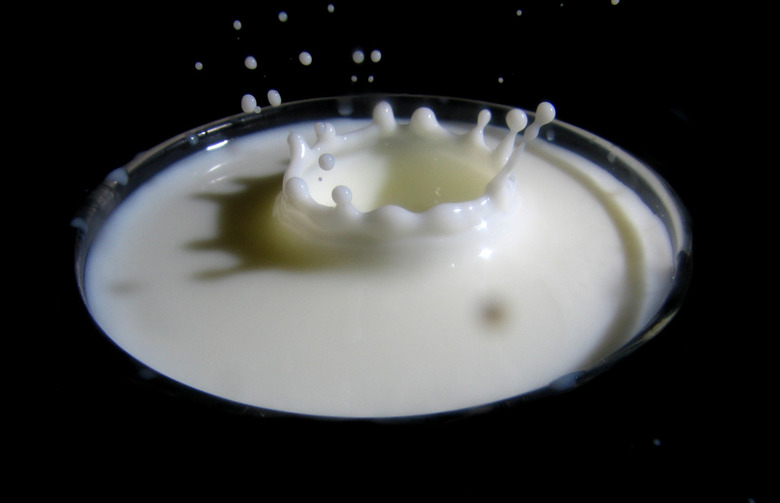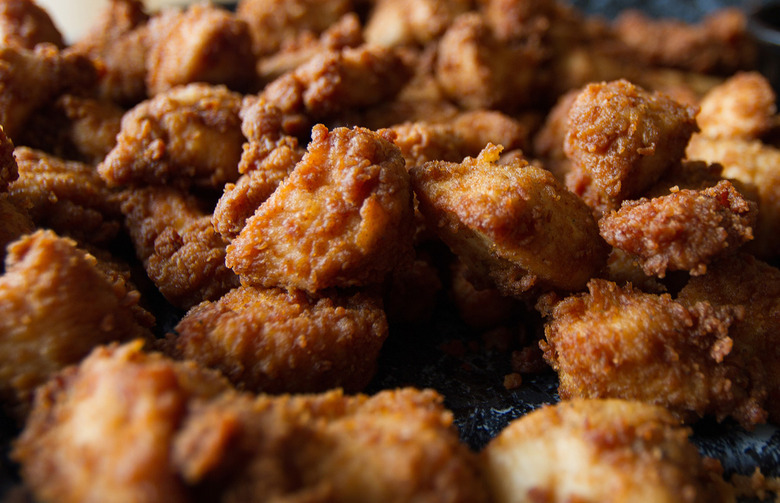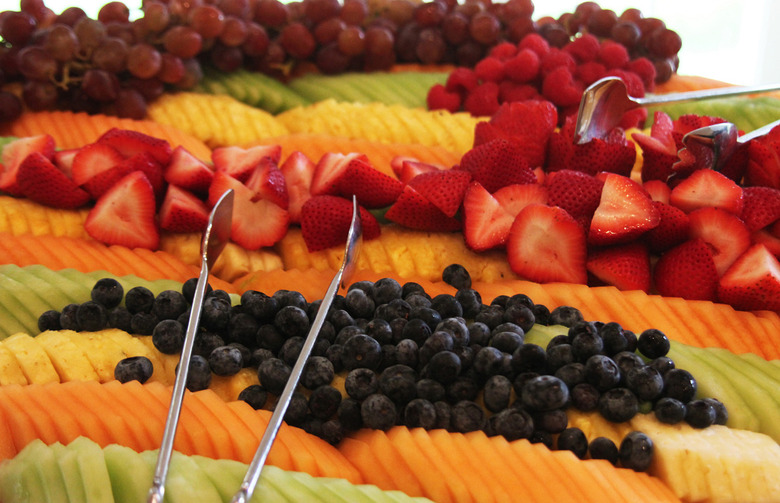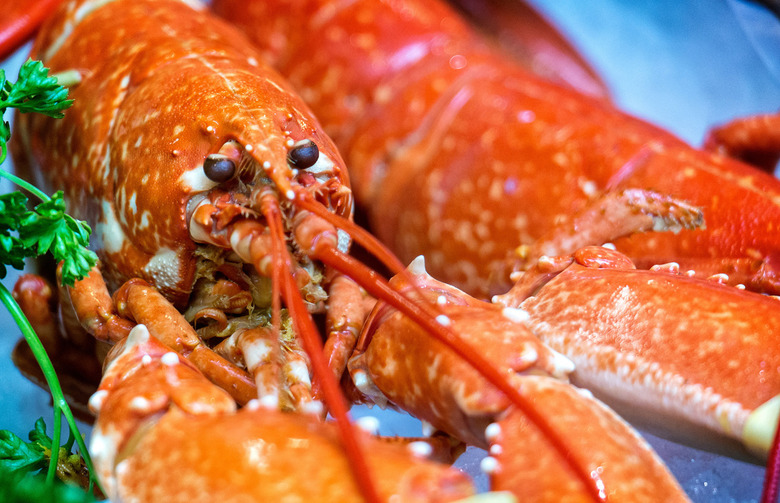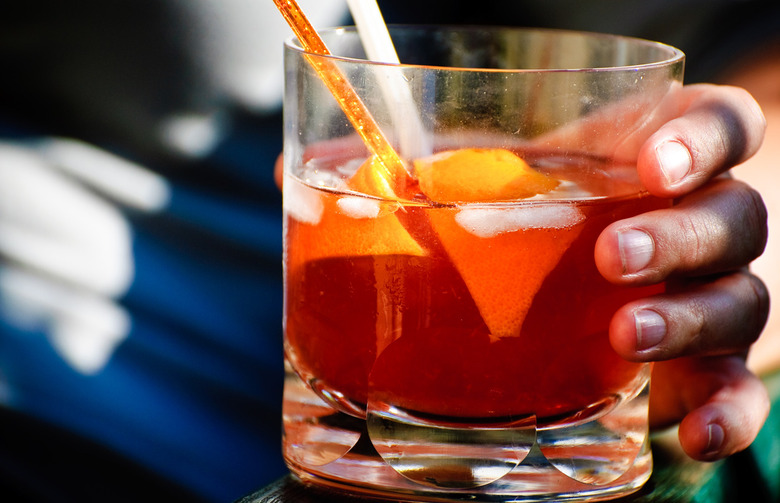8 Foods To Avoid On A Cruise
For cruise vacations, you may need to worry about more than just your waistline. Although guidelines for food safety are very strict for cruise lines, always proceed with caution. I spoke with Vandana Sheth, registered dietitian, nutritionist, certified diabetes educator, and spokesperson for the Academy of Nutrition and Dietetics, about maintaining a healthy lifestyle while floating along.
Beef
Despite the strict food safety policies for cruise lines, mistakes can be made, and your meat may not be fully cooked. The "danger zone" for meat, or temperatures between 40 and 140 degrees F, is where bacteria multiply. If the meat is not fully cooked, the bacteria may not be fully destroyed, so it may be in your best interest to avoid beef on a cruise.
Condiments
Although condiments contain processed ingredients, if the ketchup, mustard, or mayonnaise looks like it has been sitting out for a couple hours, you want to avoid it. Lack of refrigeration and warm temperatures cause bacteria to form. Sheth recommends watching how many condiments you consume for calorie purposes, too. Many contain added sugar and unwanted calories.
Heavy Sauces and Dressings
If you opt for a salad or a whole-grain pasta dish, make sure that the dressing or the sauce is healthy. To avoid weight gain, Sheth recommends avoiding heavy dressings and sauces that could add calories and fat without you even realizing.
Milk
If you are not an avid milk-drinker, do not start on a cruise. Unless you know where the milk came from and whether or not it has been pasteurized, steer clear. Certain raw milks contain dangerous microorganisms, such as salmonella, E. coli, and listeria. Several milk alternatives may be preferable in a cruise ship alternative.
Poultry
Similar to meat, poultry should be cooked and handled in a way that eliminates any bacteria. When dealing with poultry, it is also important to avoid cross-contamination, which can result in food poisoning.
Raw Fruits and Vegetables
Raw fruits, vegetables, and juices made with produce must be bought, stored, and prepared in a safe way. Fruits and vegetables are part of a well-balanced meal, and they'll help you maintain a diet on your cruise. "Imagine a three-compartment plate where one half of your plate is filled with colorful vegetables and fruits, one-fourth of the plate is filled with lean protein, and the other fourth of the plate is filled with carbohydrates — preferably whole grains," Sheth says.
Shellfish
If your shellfish is fresh and local to where you are sailing, it may be your best option. Fish also provide omega-3 fatty acids and other health benefits. However, it is important to be aware of how the shellfish is processed and cooked.
Sugary Alcoholic Beverages
Calories from alcohol certainly add up, even if you are blissfully unaware. There is no harm done by enjoying a piña colada or two on vacation, but drink plenty of water in between drinks to avoid feeling sluggish the following day.
